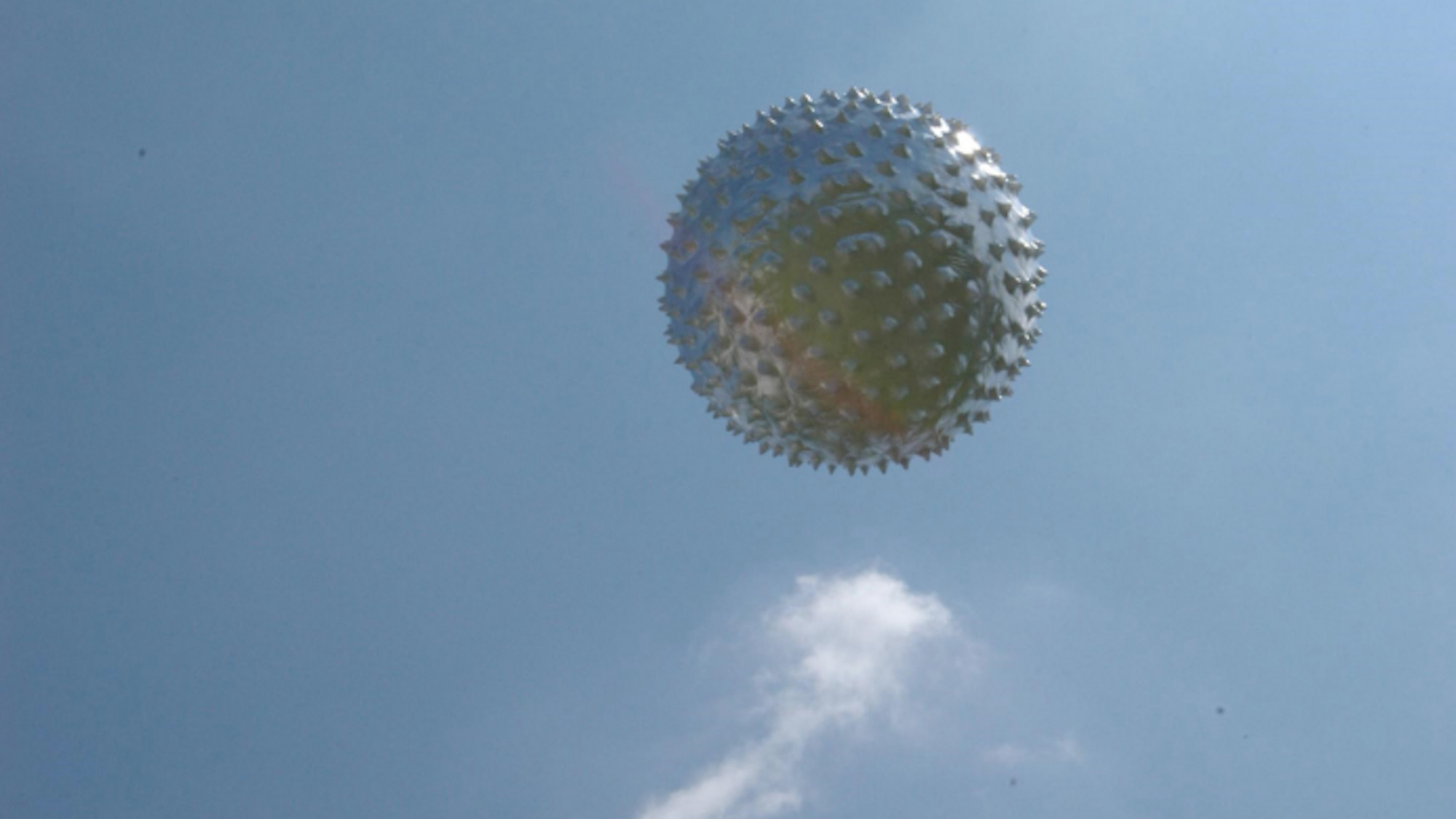

This post has been updated.
A new NASA-commissioned independent study report recommends leveraging NASA’s expertise and public trust alongside artificial intelligence to investigate unidentified aerial phenomena (UAP) on Earth. As such, today NASA Director Bill Nelson announced the appointment of a NASA Director of UAP Research to develop and oversee implementation of investigation efforts.
“The director of UAP Research is a pivotal addition to NASA’s team and will provide leadership, guidance and operational coordination for the agency and the federal government to use as a pipeline to help identify the seemingly unidentifiable,” Nicola Fox, associate administrator of the Science Mission Directorate at NASA, said in a release.
Although NASA officials repeated multiple times that the study found no evidence of extraterrestrial origin, they conceded they still “do not know” the explanation behind at least some of the documented UAP sightings. Nelson stressed the agency’s aim to begin minimizing public stigma surrounding UAP events, and begin shifting the subject “from sensationalism to science.” In keeping with this strategy, the panel report relied solely on unclassified and open source UAP data to ensure all findings could be shared openly and freely with the public.
[Related: Is the truth out there? Decoding the Pentagon’s latest UFO report.]
“We don’t know what these UAP are, but we’re going to find out,” Nelson said at one point. “You bet your boots.”
According to today’s public announcement, the study team additionally recommends NASA utilize its “open-source resources, extensive technological expertise, data analysis techniques, federal and commercial partnerships, and Earth-observing assets to curate a better and robust dataset for understanding future UAP.”
Composed of 16 community experts across various disciplines, the UAP study team was first announced in June of last year, and began work on their study in October. In May 2023, representatives from the study team expressed frustration with the fragmentary nature of available UAP data.
“The current data collection efforts regarding UAPs are unsystematic and fragmented across various agencies, often using instruments uncalibrated for scientific data collection,” study chair David Spergel, an astrophysicist and president of the nonprofit science organization the Simons Foundation, said at the time. “Existing data and eyewitness reports alone are insufficient to provide conclusive evidence about the nature and origin of every UAP event.”
Today’s report notes that although AI and machine learning tools have become “essential tools” in identifying rare occurrences and outliers within vast datasets, “UAP analysis is more limited by the quality of data than by the availability of techniques.” After reviewing neural network usages in astronomy, particle physics, and other sciences, the panel determined that the same techniques could be adapted to UAP research—but only if datasets’ quality is both improved and codified. Encouraging the development of rigorous data collection standards and methodologies will be crucial to ensuring reliable, evidence-based UAP analysis.
[Related: You didn’t see a UFO. It was probably one of these things.]
Although no evidence suggests extraterrestrial intelligence is behind documented UAP sightings, “Do I believe there is life in the universe?” Nelson asked during NASA’s press conference. “My personal opinion is, yes.”
